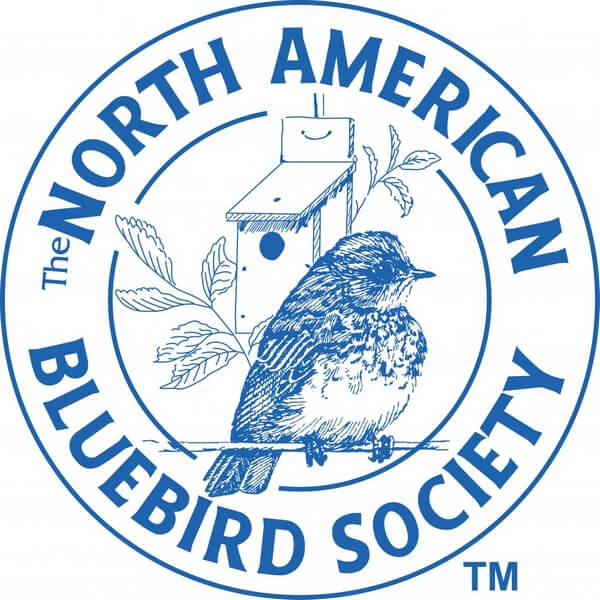
Copyright ©2025 Song Bird Essentials. All rights reserved.
Site Development: PennDev, LLC
One of the most loved and well-recognized Missouri birds is the Northern Cardinal (so named because its color matches the robes of Catholic Cardinals.) This photogenic songbird can be seen on an incredible variety of gift items, clothing and home décor. The contrast of the bright red bird against freshly fallen snow is visually appealing. By the way, it is the male cardinal that we think of; the female's color is a grayish tan.
Cardinals are popular not only for their looks; they reward us richly and rapidly if we scatter a few handfuls of their favorite seed on the ground or on a low feeding table. Both the male and the female sing a pleasant, simple song that's often counter sung (the male answers the female on a slightly different pitch).
Did you know that they do not migrate? Cardinals have increased their breeding range to the North and West as the number of suburbs and bird feeders has grown.
Here's more specific information on the food, water and shelter requirements of Northern Cardinals.
Seeds that Cardinals prefer include Black Oil Sunflower, Safflower, or a mixture of both. The Cardinal's large bill also allows them to crack open the larger striped sunflower seeds. They typically eat in the early morning or late evening.
Cardinals are "ground" feeders and will also eat from other flat surfaces. So look for sturdy wood platform feeders (hopper, fly through and open platform) and place them about five feet above ground level. They prefer protective cover when feeding, so they're more likely to eat if the feeder is placed near trees or shrubbery.
Though tube feeders are popular with bird lovers, the perches on them are usually too small for Northern Cardinals to feed comfortably. You need to attach a tray, and Songbird Station carries one for nearly everqtube feeder made!
In the Spring, look for their " Mate Feeding Ritual", when a male Cardinal offers a female a carefully selected seed.
They do eat some insects and that is typically what they feed their young.
Northern Cardinals drink water by scooping it into their bill and tipping their head back. Bird baths and bird waters need to accommodate the size of these larger songbirds, with water depth of 2 or 3 inches at the deepest point being best. Adding drippers to keep the water moving will help attract them to your bird bath.
Since they live in the same place all year, even during the winter, refill bird baths often, buy a deicer, or use a heated bird bath. Whatever you choose, change water often to keep it fresh and prevent dirt and algae building on their water source.
Northern Cardinals will not use nest boxes. They prefer to live along the edges of woods, near shrubs and in dense thickets of vine-y shrubs, and that's usually where they build their nests. Don't put feeders or seed so low that predators (such as cats) can easily get to them.
Planting fruit-bearing shrubs such as junipers, dogwoods, honeysuckle and viburums is sure to please them.
For nesting material, Cardinals prefer pine needles, small twigs, grass clippings, and other similar material.
More questions about attracting Cardinals to your yard in Central Missouri? Come in to Songbird Station and ask one of our friendly experts. We can also help you choose the perfect seed and feeders.





